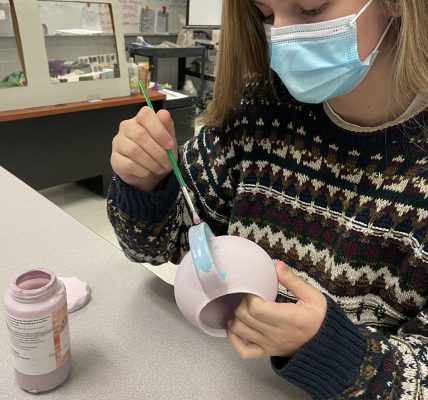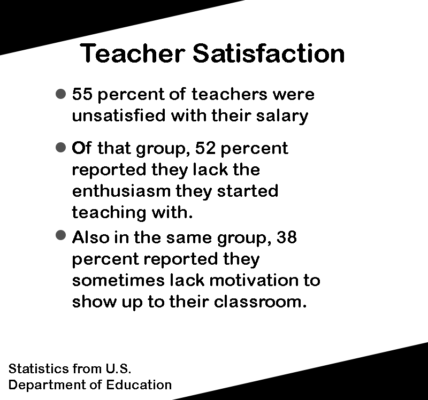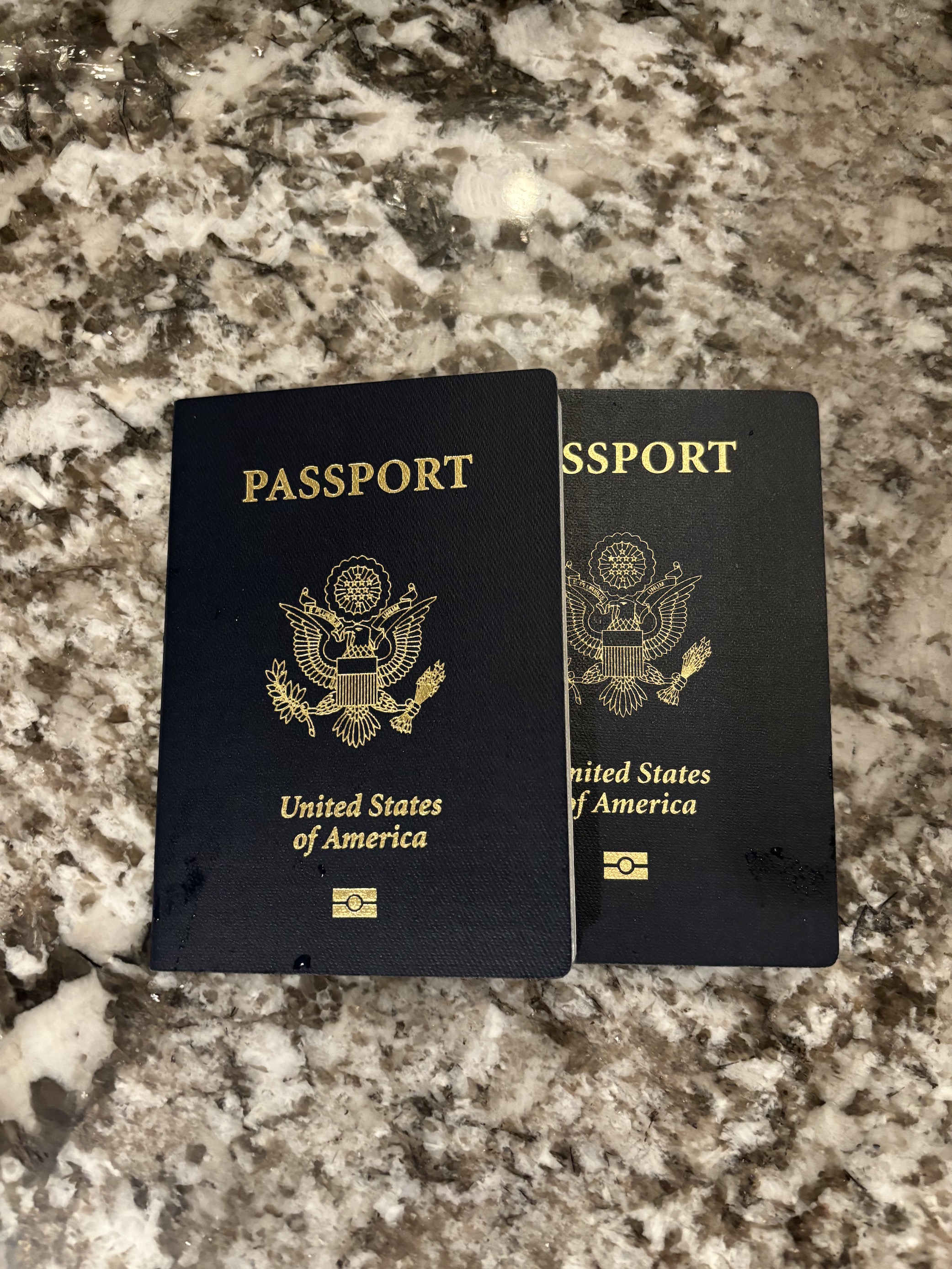By Soleil Shah
The typical American high school uses around 10 kilowatt hours of electricity per square foot annually. In simpler terms, over 10,000 microwaves or even around 5,000 televisions could get power with that amount of electricity. Ponte Vedra High School’s (PVHS) utility bill is around $366,187 annually. Nationwide, school districts add up to an electricity bill of about 8 billion dollars. And that’s just to power computers and lights. There are so many ways to implement energy and water conservation in the community. At Ponte Vedra High School, there is room for improvement in our eco-friendliness, and there are ways we are already eco-friendly.
Switching to LED lighting can reduce a significant amount of electricity use. This is because LED lights are very versatile and last a long time. They are also a directional light source, which means less bulbs would be necessary. Mr. Robert Garcia, maintenance coordinator at PVHS, plans to install LED light bulbs throughout the school as an upgrade. However, this project is predicted to take a few years before it is fully accomplished. The use of smart thermostats, or thermostats that effectively heat and cool buildings while conserving energy when buildings are unoccupied, is another way to reduce power use. PVHS uses a Chiller AC System which is energy effective. The Chiller System absorbs the heat from water vapor in the air and ejects it as cool air.
Using school buses or carpooling more often is a major way to reduce the amount of fossil fuels emitted into the atmosphere. Many students at PVHS drive to and from school without understanding the impact they are making. Students can save gas by taking the bus occasionally or by carpooling with other students, so everyone gets to school with less carbon emissions. And school traffic and carpool lines would be much shorter.
Public high schools in St. Johns County do not have recycling bins on campus. Chris Benjamin, the Outreach Coordinator of St. Johns County’s Solid Waste Division, wants to encourage student groups to embark on the journey towards funding for public schools to get recycling bins. The county does not currently supply recycling bins for public schools because the cost and labor is not worth the effort. In order for public schools to get the bins, multiple purchases would have to be made. First, individual canisters to disperse on campuses would need to be purchased. Next, a large collection container would need to be purchased and installed at the back of the high school. This bin will collect the recyclable waste from the individual bins inside campus. Lastly, the schools would need to organize a schedule for trucks to pick up the contents of the collection bin. This project would be costly and time consuming, however, it is always on option if students are willing to raise funding for the project to begin.
There are countless ways for students to become just a little bit greener. Applying upgrades and adjustments to PVHS could be costly and take years to install. Therefore, if changes like installing a new thermostat system or adding solar panels to campus cannot be made, students should recognize their responsibility to be ecofriendly in their homes and community. For example, students could join Beaches Go Green or try going for a month with shorter cold showers. Nobody has to feel responsible for completing all these tasks, but if everyone participates in at least one, the impact just might make a really beautiful difference.
Graphic by Ryder Navarra





